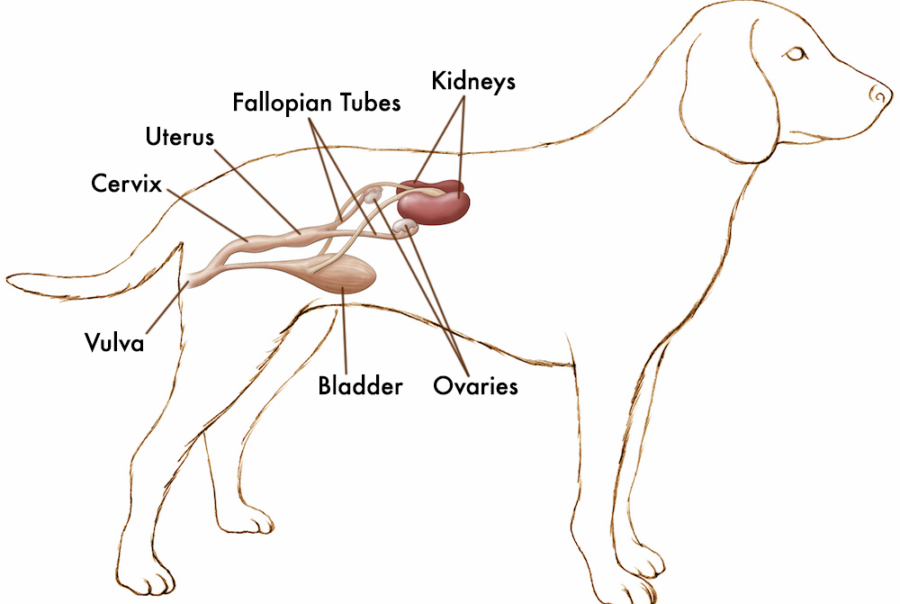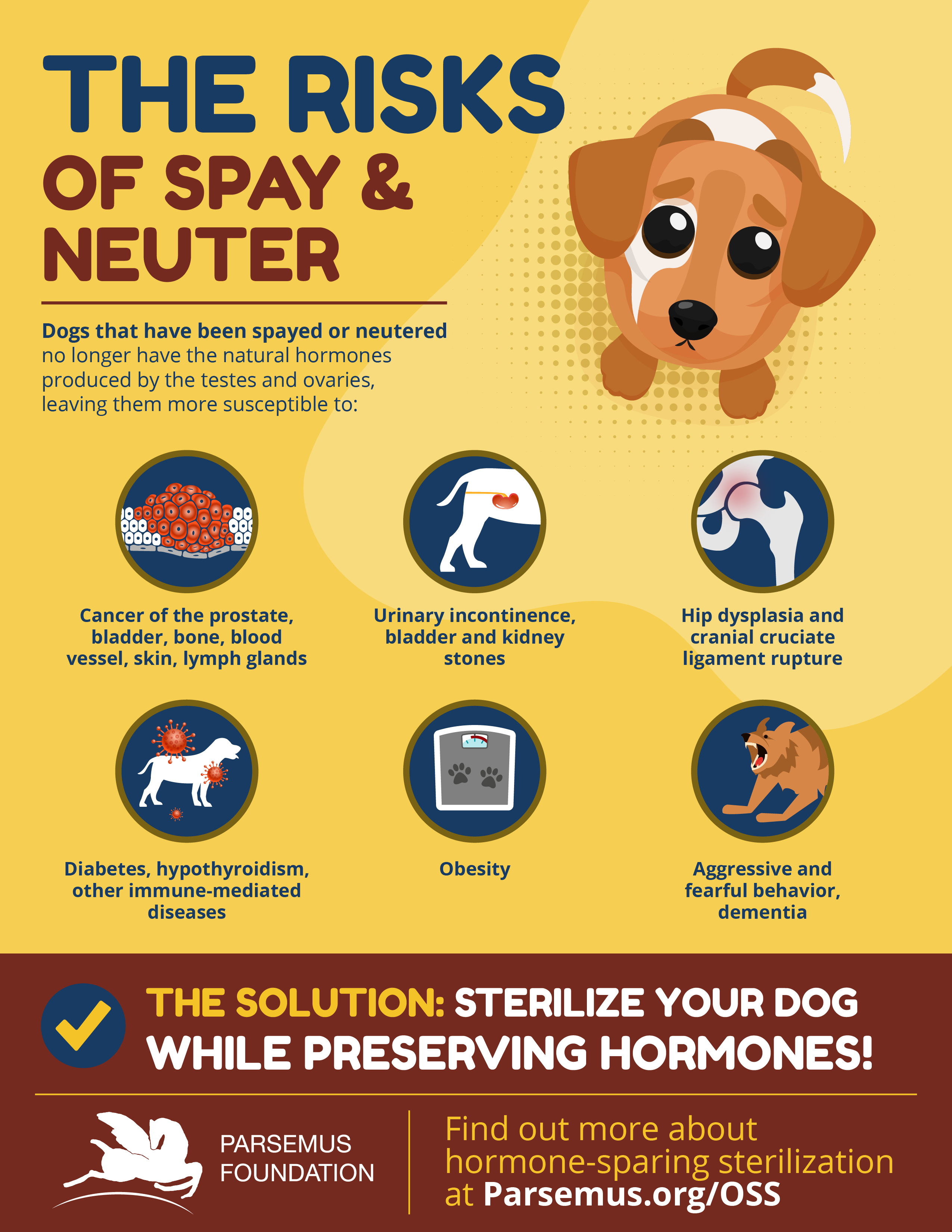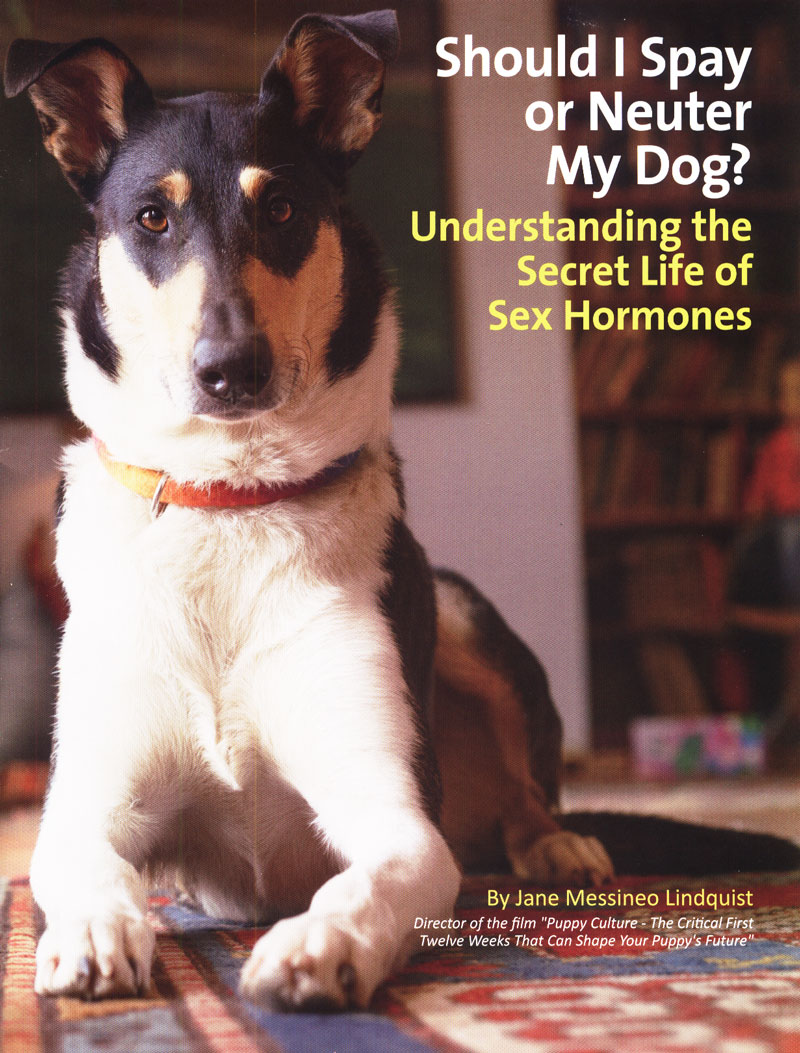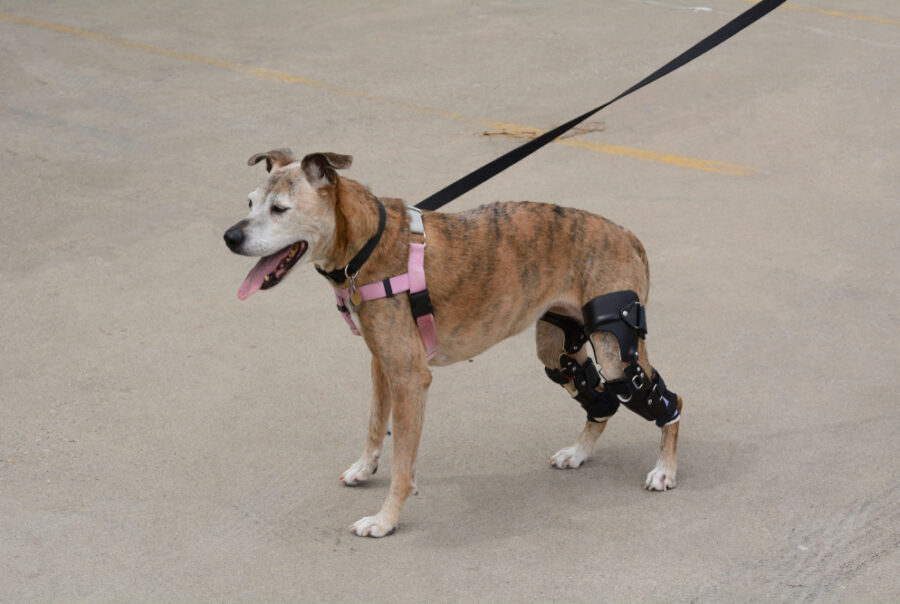On this page, you’ll find an overview of research on the health effects of spaying or neutering, along with references and other resources. Visit our Hormone-sparing methods page to learn more about hysterectomy (also called ovary-sparing spay) for females and vasectomy for males to sterilize while preserving hormones for your pet.
The World Small Animal Veterinary Association published a complete review in 2024: Guidelines for the control of reproduction in dogs and cats.
Use our Veterinarian Directory to find a veterinarian near you who offers hormone-sparing sterilization.
Infographic on the risks of spay and neuter, which you can use to raise awareness










